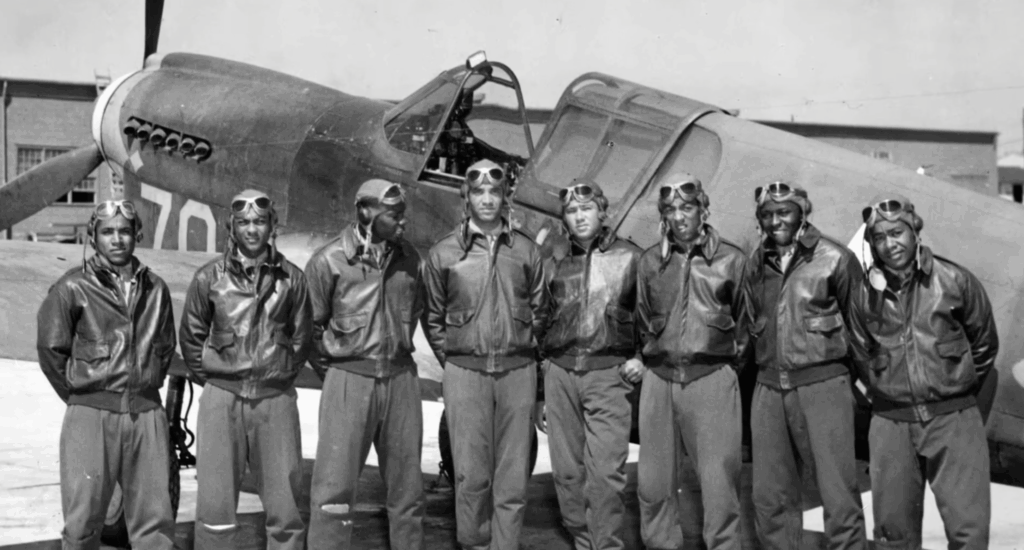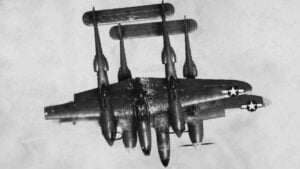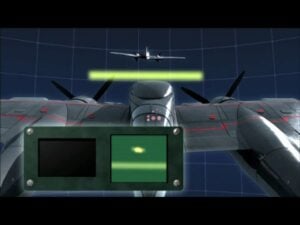The Story of How German Pilots Mocked the “Red Tails” — Until They Lost Over 100 Planes
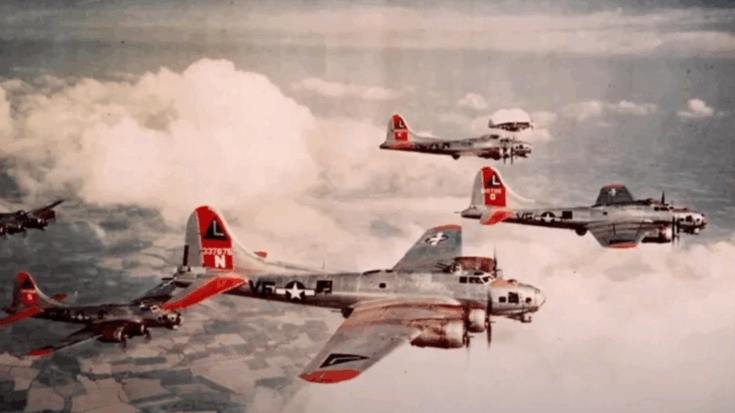
Forgotten Fronts / YouTube
Early Doubts in the Skies
In the summer of 1943, many German pilots assumed the new group of American fliers they faced would be an easy challenge. They expected quick victories and even mocked these opponents as inferior. Yet within months, more than 100 German planes were lost to these men, later recognized as the “Red Tails.” This unit of 992 African American pilots, trained in Alabama, would go on to dismantle both enemy aircraft and racial myths—one dogfight at a time.
On July 2, 1943, over Sicily, Lieutenant Charles Hall made history. Flying a P-40 Warhawk, the 22-year-old intercepted two German Focke-Wulf 190s diving on Allied bombers. Hall fired, sending one spiraling into the Mediterranean. It was the first confirmed aerial victory by an African American pilot in U.S. military history. That single victory marked the start of a campaign that would shake German confidence.
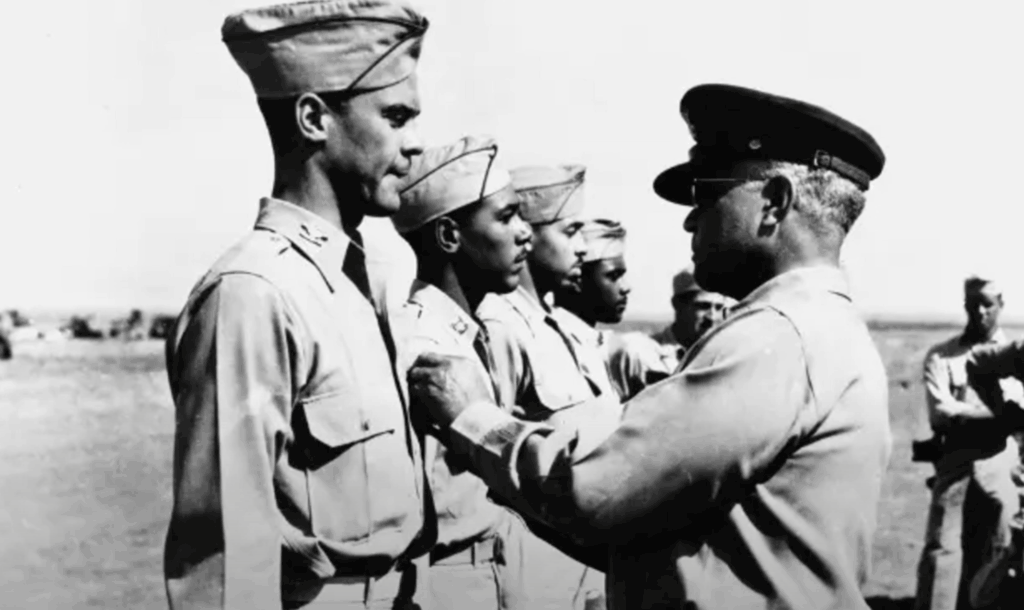
Barriers at Home and Abroad
The irony was stark. German racial ideology claimed that men of color could not master machines or show courage under fire. Yet Hall and his peers proved otherwise. At the same time, their own U.S. commanders carried similar prejudices. In 1925, the U.S. Army War College had published a report declaring African Americans unfit for technical roles or combat. Despite this, a few pioneers had already disproved such claims. Eugene Bullard had flown for France in World War I, and Bessie Coleman had earned a pilot’s license in France after being denied in America.
By 1940, political pressures led to a new experiment. The War Department announced that a select group of Black men would be tested as pilots. Training was established at Tuskegee Institute in Alabama, where expectations of failure were high. Yet the cadets endured stricter standards than white candidates, with longer training hours and a higher washout rate. Those who remained formed an exceptionally skilled unit.
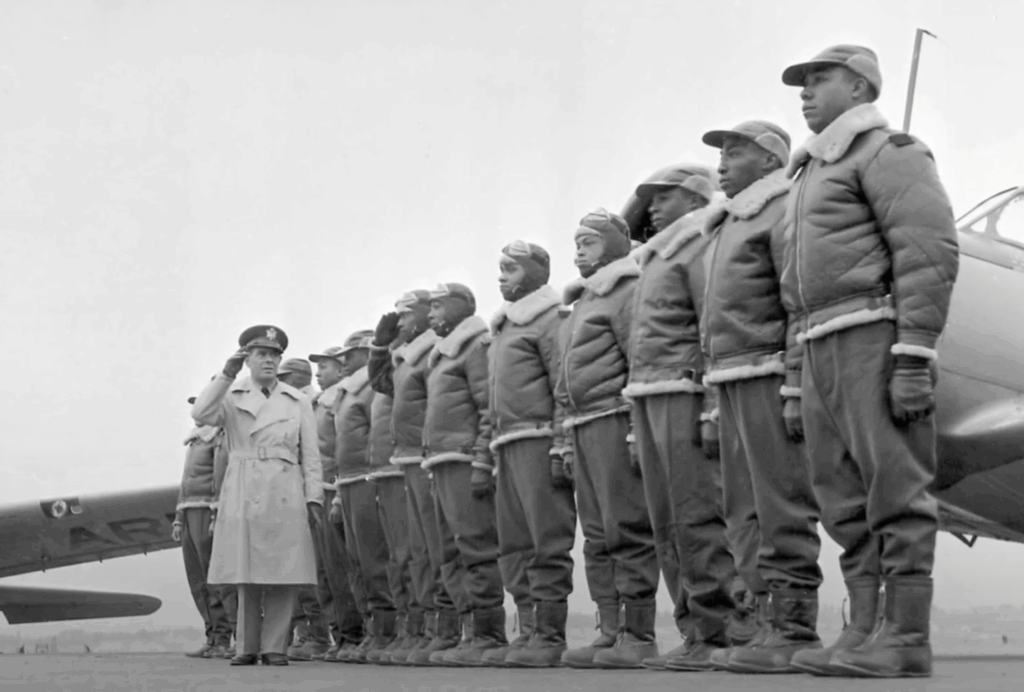
Proving Themselves in Combat
When Captain Benjamin O. Davis Jr. led the first group of Tuskegee pilots to North Africa in April 1943, doubts lingered. Their commanding officer, skeptical of their ability, initially assigned them uneventful patrols. That changed after Hall’s victory in Sicily. Word spread quickly—these pilots could not only keep up, they could win.
The defining test came in January 1944 at Anzio. Fifteen Tuskegee pilots, flying outdated P-40s, were attacked by a large force of German fighters. Against overwhelming odds, they shot down between eight and thirteen enemy aircraft over two days. Even official reports began to acknowledge their effectiveness.
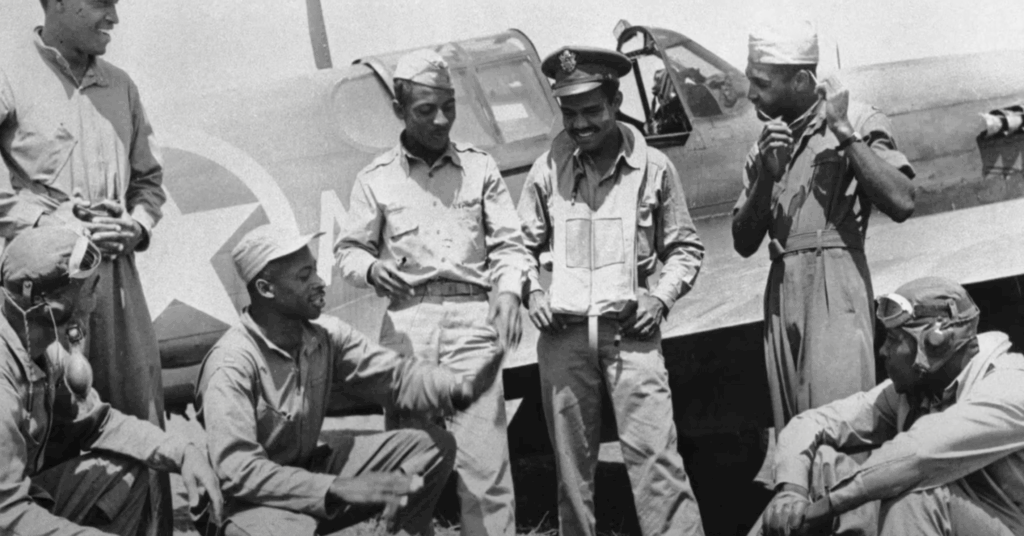
Rise of the Red Tails
By mid-1944, the 332nd Fighter Group was tasked with bomber escort missions for the 15th Air Force. Davis gave his men clear orders: their duty was not to chase glory but to protect the bombers. Unlike other groups, they refused to leave their charges exposed. Soon, bomber crews spread the word—if you could request an escort, ask for the Red Tails.
The group’s planes were soon marked with red-painted tails for identification. Their reputation grew not only from victories in the air but also from their discipline and loyalty to the bombers they escorted.
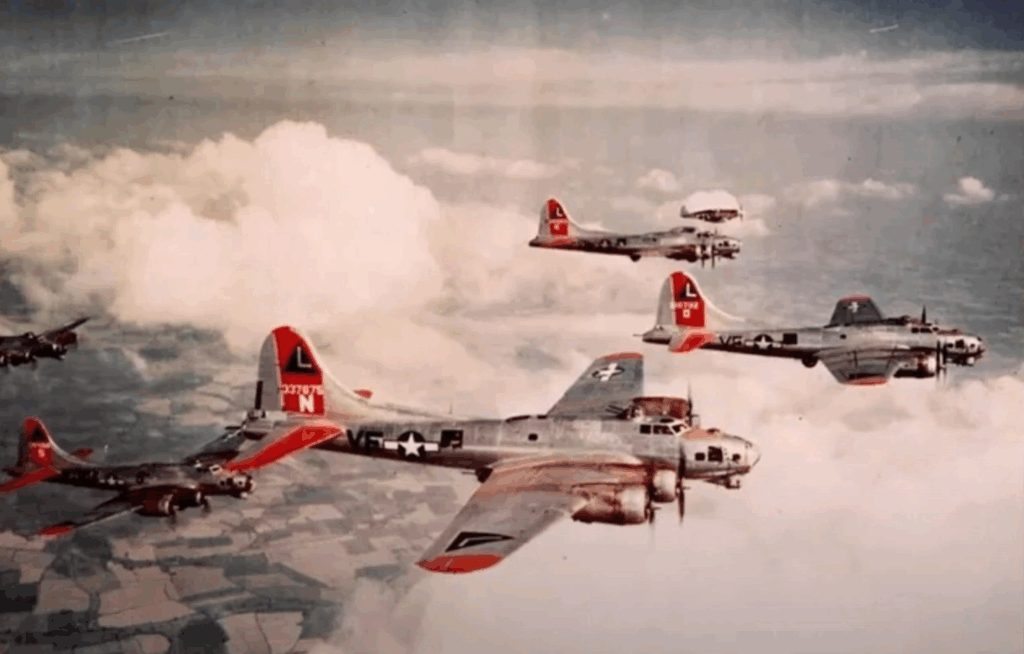
Final Campaigns and Recognition
In March 1945, the Red Tails faced Germany’s new jet, the Me 262. Despite its speed, Tuskegee pilots shot down three in one mission, more than many groups achieved across the entire war. By the end of the conflict, the unit had flown over 1,500 missions, destroyed 112 enemy aircraft in combat, and earned 96 Distinguished Flying Crosses.
German pilots, who once laughed at them, began calling them the “Black Bird Men.” American bomber crews knew them as the “Red Tail Angels.” Their success reshaped perceptions, proving that skill and discipline mattered more than prejudice.
